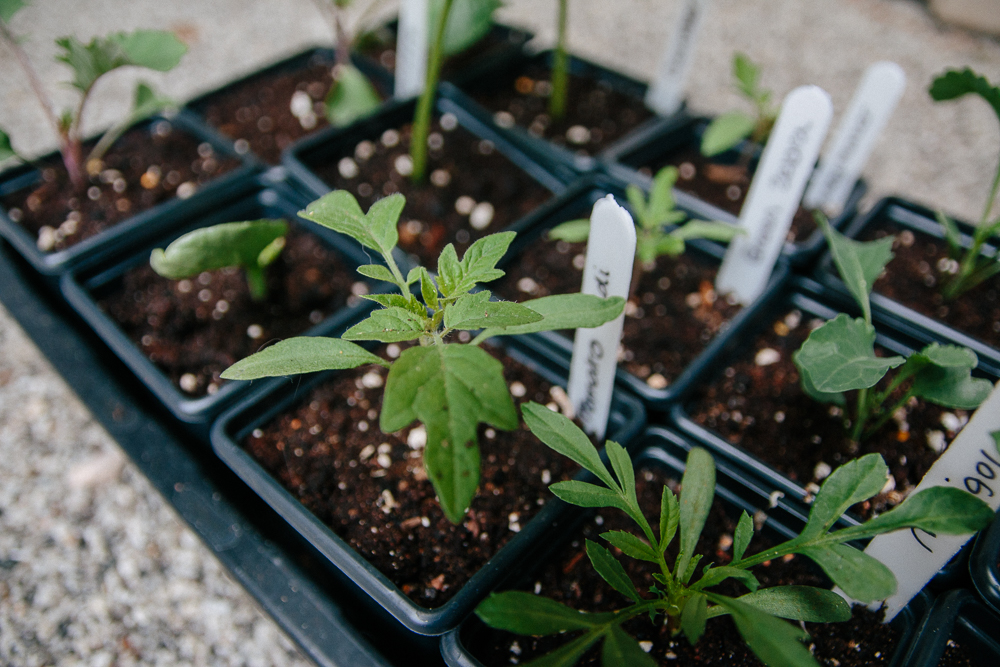
How to Grow Your Own Vegetables
There’s been so much interest this year for people growing their own vegetables with everything going on in the world right now. It’s been almost impossible to get any seeds, plants and compost online without a few weeks wait. With the Garden Centres being able to open back up again, and availability of plants and seeds sorting themselves out, I thought I’d write a quick guide on how to start your own vegetable garden!
There’s a few things you need to think about before you begin, like where you’re going to be growing them, the amount of space you have, what you like to eat, and the equipment you’ll need to start. You honestly don’t need a lot to get started and it’s so rewarding seeing everything growing over the summer and then harvesting your own food!

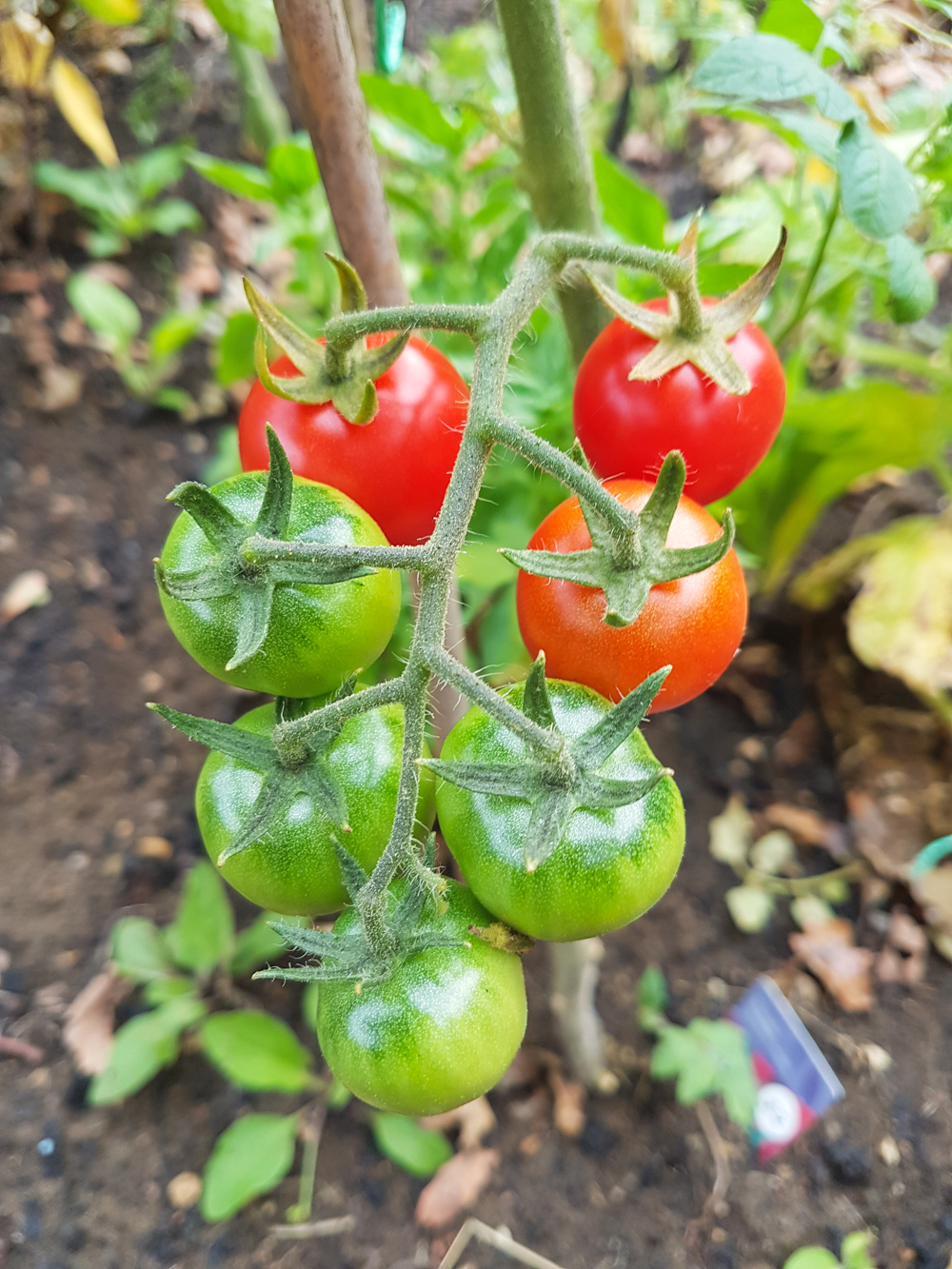
Think About Your Space
Where will you be growing your vegetables? Do you only have a windowsil indoors? A balcony? A small garden? That’s all ok! If you’re thinking it’s not possible to grow vegetables without a huge garden or allotment, there’s a few vegetables that can be grown indoors on a windowsil, or in a small space in containers that you can get started with!
If you’re growing things indoors, you’ll want to grow vegetables that don’t need to be pollinated by insects and bees to produce the fruit or vegetable. Salad items are most common for being able to grow in a small indoor space, so things like lettuce, spring onions, pea shoots (they won’t produce pea pods if not pollinated, but you can grow the shoots for a fancy salad), radishes, spinach and chard.
They’re all small plants, so they’re great for growing in containers too, so if you only have a balcony or container garden, you can easily get started with these! If you’ve got space outside, then things like tomatoes, peppers, chillis and courgettes are all easy to grow and can be grown in containers outdoors. Courgette plants do get quite big though, so make sure you’ve got a big enough plant pot for them!
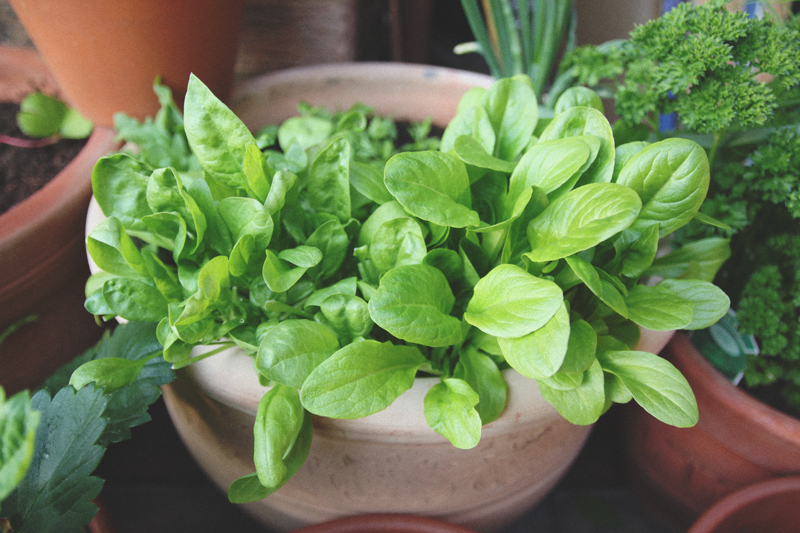
What Will You Be Growing Them In?
If you’re growing the vegetables indoors, you’ll obviously need some pots to grow them in. If you’re growing them from seeds, you can start them in things like egg cartons and yogurt pots (just remember to cut a drainage hole in the bottom), and then when they’re bigger you can transplant them to a larger pot.
If you’re growing them outdoors, again you can use containers, raised beds or even just the edge of a flower bed. When I first started growing vegetables, I just used a few medium sized plantpots that we already had in the garden, filled them up with some new compost and sprinkled seed wherever and a month or so later and I had a pot full of lettuce and spinach. Then, when I ran out of room in there, I took over the flower bed with my courgette plants – intermingled in with the flowers.
Now I’ve got 2 vegetable patches which we’ve cut out of the grass, but if you’re just starting small then a few plant pots or a section of your flower beds will work just fine too! Use what you have!


Where Should the Vegetable Patch Go?
If you’re growing vegetables outdoors, then you need to think about the best place for them to be planted. Most vegetables like the sun and warmth, so somewhere sunny, but sheltered from wind is best. Things like lettuce and radishes like cooler temperatures and tend to bolt (flower) quicker if it gets too hot and dry which then makes them go bitter, so a bit of shade is always good, but try not to stick them in a corner that gets barely any sunshine throughout the day.
Things like courgettes and tomatoes prefer the heat too, so try grow them somewhere where it’s warm like near a wall that retains the heat during the night. It’s amazing seeing the difference in growth between our tomato plants when we plant them in our back garden to our front garden near our brick wall. The ones in the front do a lot better! But again, work with what areas you have available!

What Do You Enjoy Eating?
I got so excited the first year I tried growing my own vegetables, that the second year I went a little overboard and tried to grow everything I could find. Cauliflower, sweetcorn, tomatoes, lettuce, the list goes on. I was just excited to learn about it all and see it all come to life. But, I never used to like cauliflower, and I’m still not particularly keen on sweetcorn.
It’s best to use what space you do have, to grow things you enjoy eating! Tomatoes will always be my favourite thing to grow, and I always grow a few varieties each year because you cannot beat the taste of homegrown tomatoes. Shop bought ones just do not compare! I also love french beans, and we buy a lot of bagged lettuce – so I stared growing my own. With things like lettuce, you can do ‘cut and come again’ so instead of harvesting a whole head of lettuce, you just harvest a few leaves as you need them. It saves us so much money (and plastic waste) through the summer.
I also try and grow things that aren’t as easily available in the shop – this year I’m growing kohl rabi for the first time, which is quick growing so I can make multiple sowings for constant harvests through the summer. Things like cauliflower, brussels sprouts and broccoli are very slow growing – you have to sow them now for a winter harvest, so I tend to skip over those and just buy them from the shop. Plus they are huge plants, and require a net from cabbage white butterflies, so they’re not great items to start with!
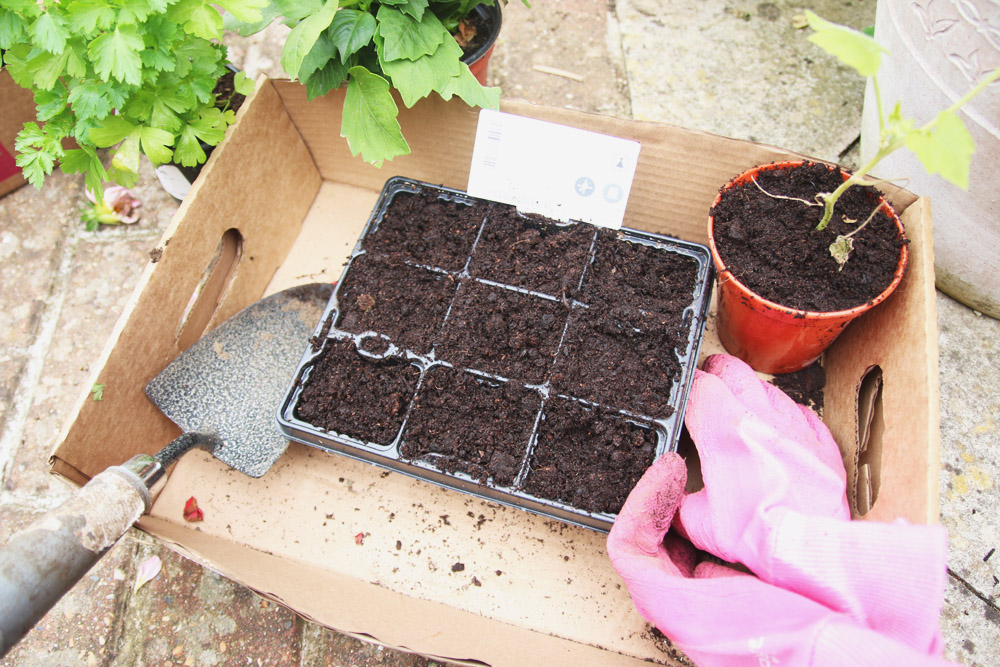
What Will You Need?
Ok, so you’ve decided where you’re going to grow your vegetables, what you’re growing them in and what you’ll be growing, so what else do you need to think about?
If you’re growing anything in containers, then compost is a good place to start! With garden centres now open, it should be a little easier to get some, but if not, try your local supermarket when you’re doing your weekly shop. Or try ordering online. You’ll also need some containers, and if you’re growing from seed, some labels are good so you don’t get confused between seedlings.
A good hand trowel (affiliate) is good if you’ve pre-bought plants, or for when they get a little bigger and you move them to their final place, so that you can dig your hole. And a watering can to water them with too.
And that’s about it really! I hope this has helped you get inspired to get growing. It might seem a little daunting at first, it’s really not that hard! Just remember to keep them watered! Any questions, just let me know!


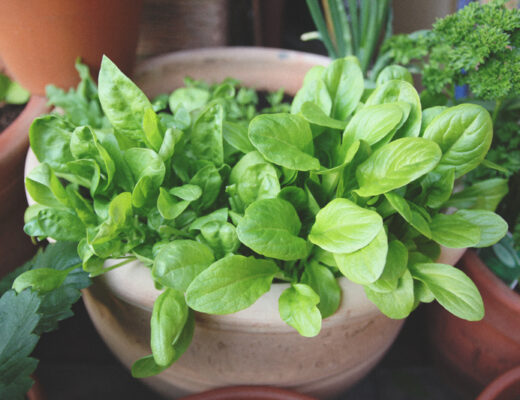


No Comments